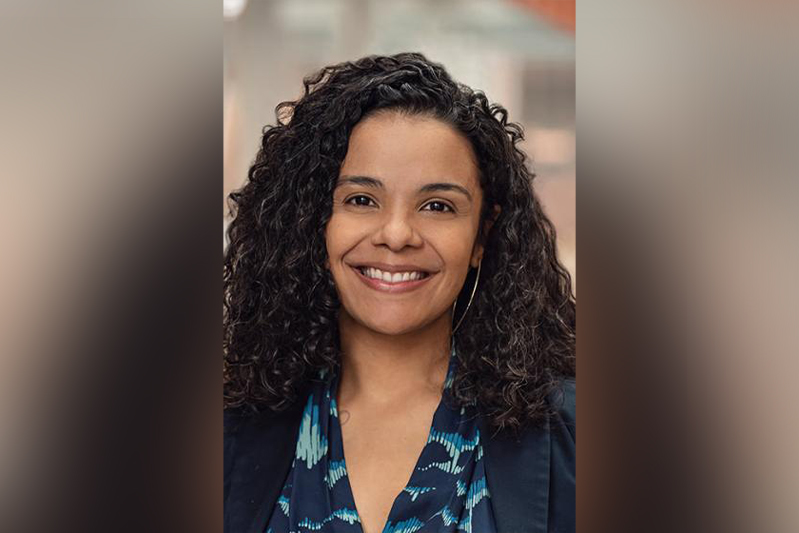
Diverse Issues in Higher Education reports on the latest fall enrollment numbers from the National Student Clearinghouse (NSC), an educational nonprofit organization which collects data and offers insights from 97% of all postsecondary institutions in the U.S.
The data from NSC shows that although the downturn in enrollment characteristic of the pandemic has begun to level off, overall postsecondary enrollment is still on the decline.
Accounting for the decline, Awilda Rodriguez, associate professor in the Center for the Study of Higher and Postsecondary Education at the U-M School of Education and faculty affiliate at the Educational Policy Initiative, says that calculating college affordability versus time away from the workforce or family has always been a part of the equation for working-class families.
“For many, college is a luxury, and having to take care of your family and provide financial stability is at the fore,” said Rodriguez. “It’s going to be a slow climb out [from the pandemic.] We’re still in the throes of it ourselves. And for some communities, they were really deeply affected, financially and personally.”
Rodriguez is concerned about the students who are not in the classroom. She says that although the new enrollment data can help us understand who is showing up to postsecondary education, it is less effective in telling us what potential students have been left behind.
This article was written by SOE communications.
More news from the Ford School